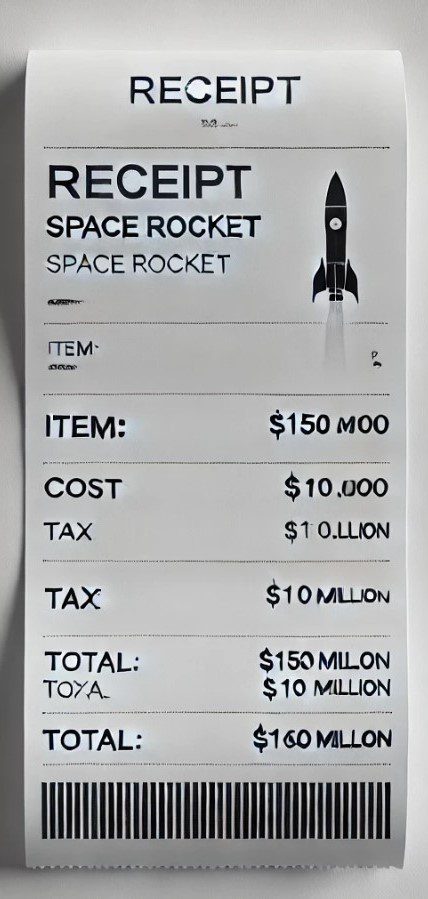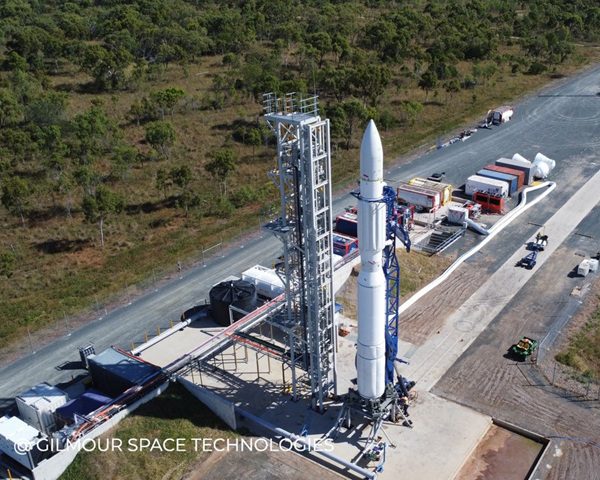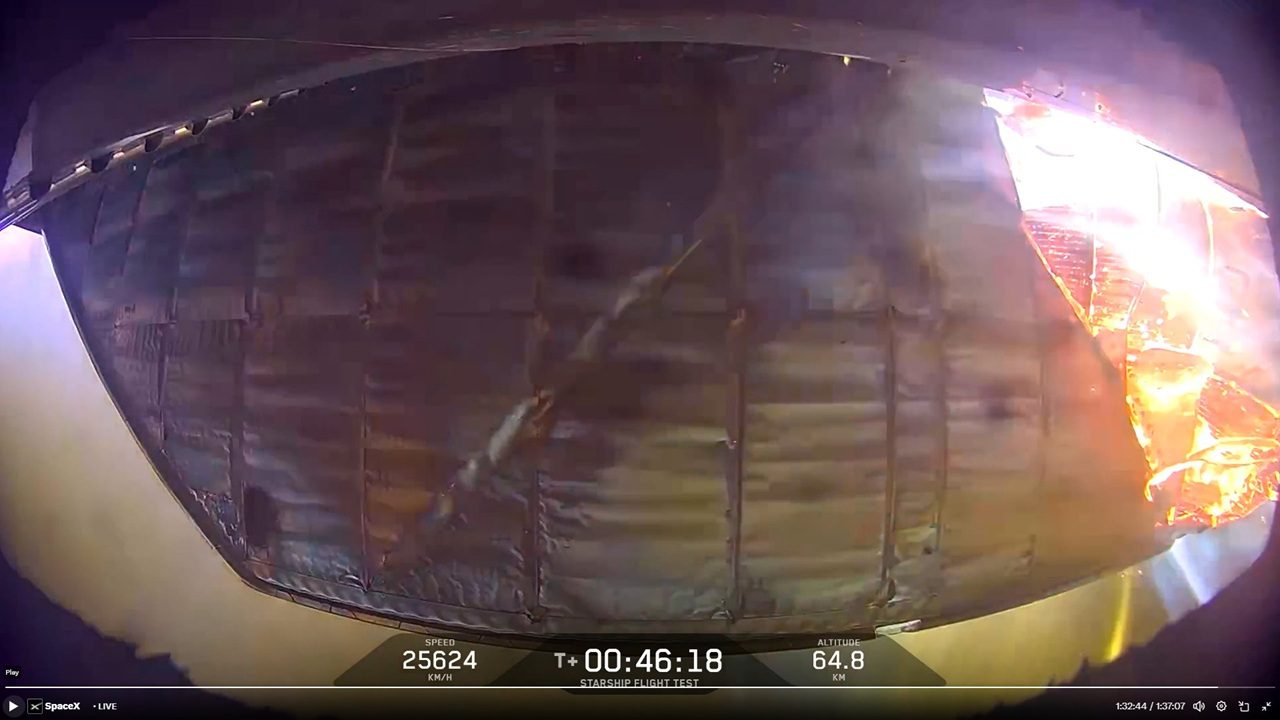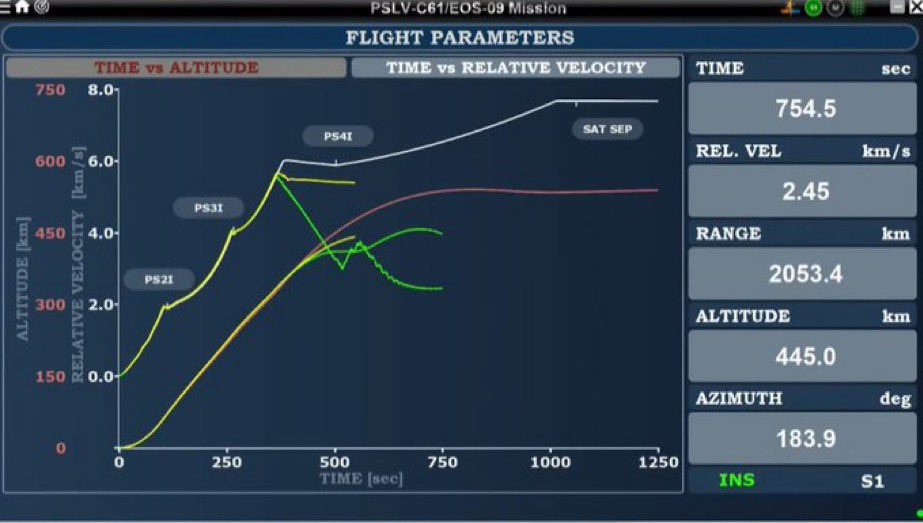Some children just never get a chance in life and NASA’s Constellation programme Ares I crew launch vehicle (CLV) has been unloved by many since its inception.
A name change from crew launch vehicle to Ares I didn’t help and then Flight’s scoop about the Ares IV suggested that that unloved creation now had competition.
While some senior personnel say Ares IV was just a notional late-in-the-next-decade near Earth object mission launcher you had to wonder why they did it.
And then finally on 5 November Johnson Space Center circulated a newsletter that used strong language to suggest there were problems, “there are significant threats to performance to be worked as the project works towards Preliminary Design Review”, it stated.
When you are prepared to publish something that will be seen by Rocket Scientists you have really got to do your home work.
As well as the JSC newsletter I have been bringing together other sources to track changes in the Constellation programme vehicles since the very beginning.
I broke the story about NASA developing two versions of the J-2 Apollo era engine for the CLV’s upper stage and gave previously unknown facts about changes to Ares I’s segment casings and its first-stage’s increased staging altitude in my most recent article.
Despite this, as a reporter, real technical information is not easy to come by, about the progress or lack of it for Constellation.
When there are telecons, like the recent one with new NASA associate administrator for exploration systems Richard Gilbrech, you jump at the chance. That had an interesting outcome and I got this story from it about potential further delays if NASA does not escape its current continuing resolution (CR).
I have been asking the likes of Doug Cooke and the man himself, on a number of occasions, about the impact on the agency and its contractor’s to do the work that needs to be done to maintain the latest schedule of the Orion first launch in 2015; I also asked Glbrech this.
He talked about maintaining “minimum technical requirements,” but qualified that by saying no change from the CR will be a challenge. The drab reality of engineering is, as Gus Grissom put it, “no bucks, no Bucks Rogers”.
I broke the story about NASA’s first major schedule slip with the Orion crew exploration vehicle maiden flight sliding into 2014.
In March this year NASA administrator Michael Griffin told Congress that he had a 65% confidence level that the agency could have Orion manned and flying by March 2015. Gilbrech was effectively admitting to me that a CR budgetary status beyond December would present problems for them.
Really you can expect a six month or more slide for Orion’s maiden flight. That means September 2015 for the first manned flight. The first version of Orion is to ferry astronauts to the International Space Station, the second to take the US back to the Moon. The ISS is supposed to be de-orbited in 2016. See the problem?
NASA may want to present its latest milestone timetable, schedule, call them what you will and say everytihng is to plan.
But it isn’t and it hasn’t been for a while and although there are no doubt documents that I do not have access too that show the more recent milestone dates, for the likes of the preliminary design review, what has come to light is that those more recent plans are not moving milestones to the right, they are in fact getting worse and sliding to the left.
NASA is already caught between the bitter fighting that is ongoing between US president George W. Bush and his Democrat controlled Congress, and its sure to last through the USA’s election year of 2008.
If the space agency’s very capable engineers thought building a Moon rocket with de facto budget cuts was hard, they should try finding an amicable agreement between the two parties in power.







